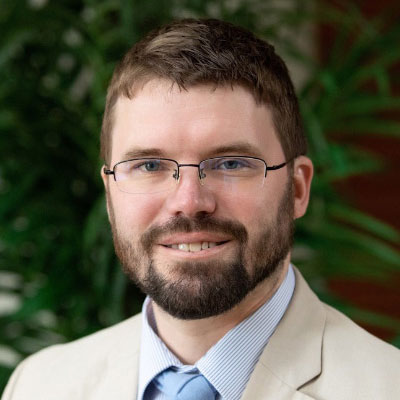Ever since the arrest of then-Public Works Director Mohammed Nuru in 2020, San Francisco City Hall has remained embroiled in a corruption scandal. Nuru pleaded guilty last year to accepting gifts and manipulating lucrative government contracts for personal gain. His case triggered a federal investigation that continues to uncover a web of corruption. The most recent development is the extradition of billionaire real estate developer Zhang Li, who is charged with showering Nuru and other city officials with gifts to rubber-stamp his construction projects.
The intrigue surrounding Nuru and the wealthy individuals who lined his pockets has easily overshadowed other episodes in the scandal, such as the sentencing of Bernard Curran, a former building inspector who pleaded guilty to accepting bribes from real estate developers seeking construction permits. But the fascination with Nuru risks sweeping away Curran’s story without answering or resolving an important question: How have even low-level bureaucrats become targets for bribes in San Francisco?
To understand how deep the duplicity of these recent corruption scandals goes, the contrast between Nuru and Curran is informative.
Nuru followed a common pattern of municipal corruption, awarding public works contracts in exchange for kickbacks. Venality of this sort isn’t extraordinary. Nuru’s crimes pale in comparison to the Gilded Age machinations of William “Boss” Tweed in New York City, who amassed tremendous wealth padding contracts for lavish projects, such as the ostentatious New York County Courthouse that was built with marble supplied by Tweed’s own quarry.
Although scandals like Nuru’s are commonplace throughout history, they face natural constraints. To be sure, they fleece taxpayers by saddling governments with unnecessary expenses. But opportunities for illicit dealing are limited to high-ranking officials and their cronies. Frauds confined to high offices can be cured by simply removing the rotten apples.
Curran’s story, however, reveals a deeper issue.
Curran, only a minor functionary in the Department of Building Inspection, had no power over government contracts. He merely enforced building regulations and issued construction permits, which in many cities would provide little opportunity for graft.
Yet the investigation into San Francisco’s City Hall has unearthed several instances of developers bribing officials to fast-track permit applications.
Construction permits do not inherently invite graft. Cities with inexpensive, expeditious and transparent procedures for acquiring permits create little inducement for risky, under-the-table dealings. It is difficult to imagine a developer greasing Curran’s palms to hasten a permit application had he worked in Houston, where approval takes only 10 days. But the process of obtaining a building permit in San Francisco is among the most onerous in the nation—builders wait a whopping 627 days on average to receive a multifamily housing permit.
The city’s building code has swelled into “a package of controls so large that we no longer publish a paper version,” Dan Sider, chief of staff for the city Planning Department, told the Frisc news site. For perspective, Houston’s building code runs a manageable 77 pages. With excessive building codes regulating virtually every detail of construction projects, San Francisco’s city planners are swamped with more rules than they can track. As a result, builders are subject to a lengthy ordeal of modifying and resubmitting plans, compounding the burgeoning backlog of applications pending review.
Nor does approval ensure that a plan will see completion because the city’s discretionary permit review process allows citizens and lawmakers to challenge projects at any point during construction, threatening to derail even code-compliant developments. This creates enormous incentives to bribe officials who can move things forward.
Making the problem even more vexing is San Francisco’s housing shortage. In a city facing a state mandate to build 82,000 housing units before the end of 2031, grueling permit requirements make it challenging to meet this goal. The dismal reality is that permit bribes lower a significant barrier to construction.
The real problem, then, is not the behavior of a low-level bureaucrat, however unethical, but the regulatory environment that created corruption opportunities for him in the first place.
Permit bribes, unlike public works contracts, are a consequence of the government restricting access to economic activity. By requiring entrepreneurs to seek permission to undertake private ventures, policymakers politicize economic decisions, subjecting developers to the demands of venal officials rather than the market.
The burden of enforcing such policies additionally makes it necessary to broadly delegate discretionary authority to low-level civil servants, making them potential targets for bribes. “Monitoring the monitors” is a tall task in a city that needs a veritable army of regulators to navigate its overbearing building codes. When minor functionaries become economic gatekeepers, any effort to purge bad actors from City Hall resembles the fabled quest to slay the mythical hydra: cut off one head and two more will appear.
So long as San Francisco maintains a regulatory environment that restricts access to private housing development, graft will almost certainly continue to be systemic. To truly stamp out corruption, the city must eliminate discretionary permit review, implement a transparent system of by-right permitting and streamline government such that builders can create new housing without having to seek—and, all too often, purchase—the right to do so.








